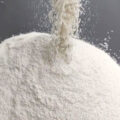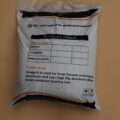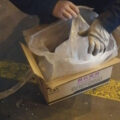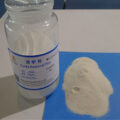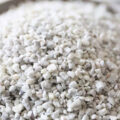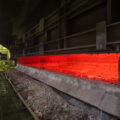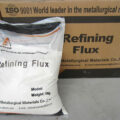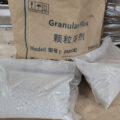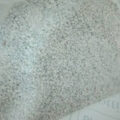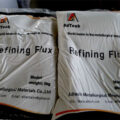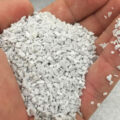Fluxes for aluminum foundry divide into cover flux, drossing flux, cleaning flux, and degassing flux, which is used for molten aluminum refining.
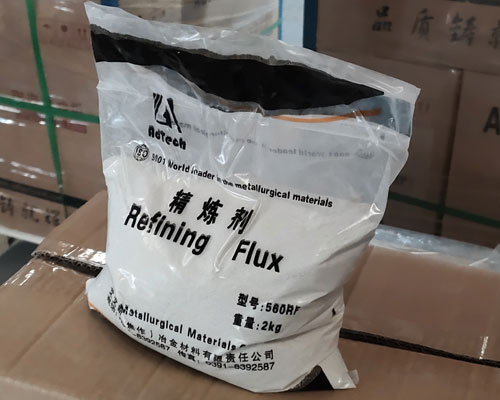
Aluminum is very active chemically. A hard film or skin of aluminum oxide will quickly form on all newly exposed surfaces, especially in the molten state. Adding scrap or ingots to the melt, stirring will cause the alumina to be suspended in the melt. If these oxides are contained in cast products, they may cause defects, so they must be removed from the melt. Most oxides are aluminum, but alloying elements such as magnesium, iron, copper, and titanium can also form their oxides.
Drossing flux is essential to remove oxides from the melt, and the covering flux acts as a barrier to the surface of the melt to prevent oxide formation.
The cleaning flux removes oxide inclusions from the melt. The cleaning agent is composed of a mixture of chloride, fluoride and oxidant.
Covering flux is applied to the surface of molten aluminum to protect the liquid metal from oxidation and absorption of atmospheric hydrogen. The covering flux is composed of a mixture of NaCl and KCl, and may also contain some additives.
The fluoride compound in the flux can increase its effectiveness and make it usable at lower temperatures. However, fluoride emits harmful fumes, so for environmental reasons, some foundries prefer to use low-fluoride fluxes. Sodium-free fluxes are used in hypereutectic alloys because sodium interferes with the refinement of phosphorus grains. The melting points of the fluxes available in different temperature ranges are mainly different.
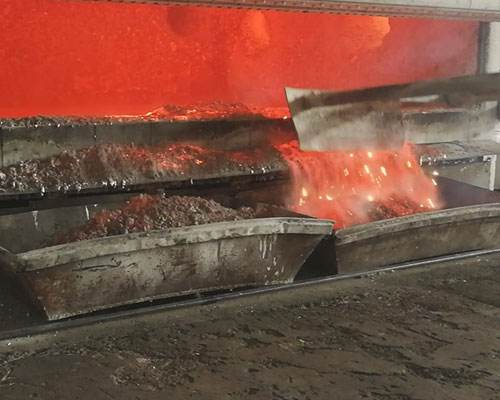
The drossing flux promotes the separation of molten aluminum entrained in the residue. Flux helps to reduce the loss of aluminum, which makes it very economically effective, especially when remelting aluminum swarf. In addition to chlorides and fluorides, Fluxes for Aluminum Foundry also contain oxidizing components (KNO3), which react exothermically with aluminum when heated.
The hydrogen found in foundries is mainly produced by the decomposition of water vapor. It is very soluble in the liquid aluminum alloy, but very little in the solid phase. When aluminum solidifies, excess dissolved hydrogen will escape from the solution and form bubbles, ranging from pinhole sizes to larger sizes. Metals that have not been degassed before casting are susceptible to such defects. The degassing agent can remove hydrogen, as well as oxides and other impurities.


